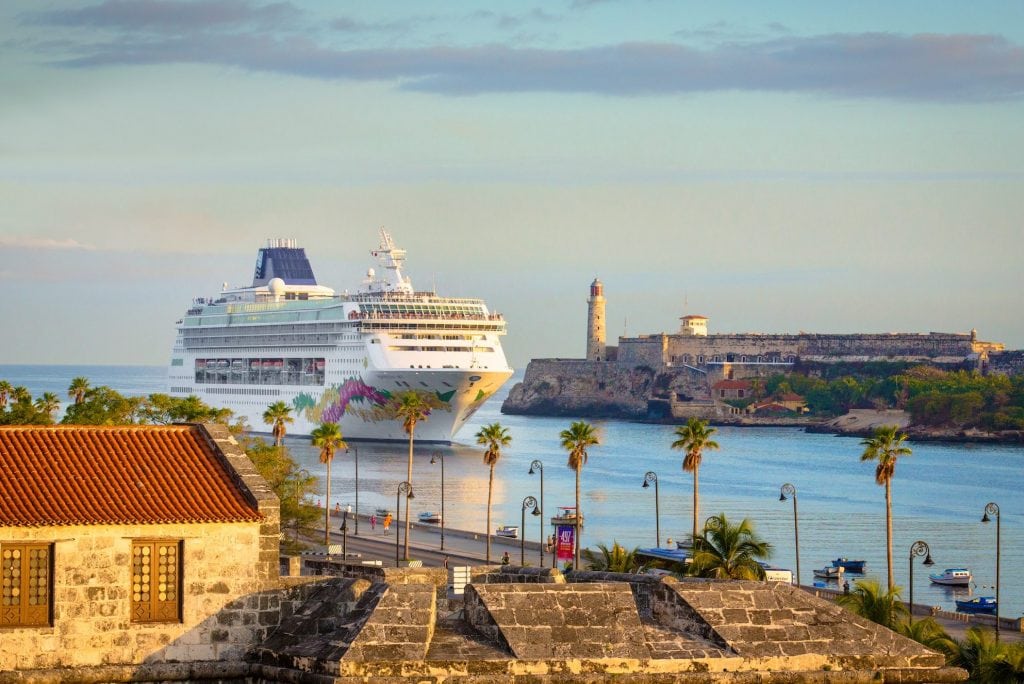Norwegian Cruise CEO Is Getting Bigger Spenders On Board

Skift Take
The cruise industry has long boasted of its value compared to land vacations. But Norwegian Cruise Line Holdings is notably not emphasizing low prices. It is instead working to get passengers to spend more on tickets, shore excursions, and onboard extras.
Passengers are paying more for their vacations on Norwegian Cruise Line Holdings' three brands — and the company's CEO expects that trend to keep going up.
Frank Del Rio told analysts Thursday during a fourth-quarter earnings call that a "strong demand environment" picked up steam throughout 2017 and has continued into the early part of this year.
"Both the number of new bookings sold and the price points achieved reached record levels at each of our three award-winning brands," he said. The company owns Norwegian Cruise Line, the high-end Oceania Cruises and Regent Seven Seas Cruises, a luxury line.
The world's third-largest cruise operator reported record booked load factors and pricing so far for each quarter of 2018, and gains even into 2019.
"The real star of the show, going forward, is our pricing power, with all three of our brands showing meaningful year-over-year pricing gains throughout 2018," Del Rio said.
Since he became CEO in 2015,
